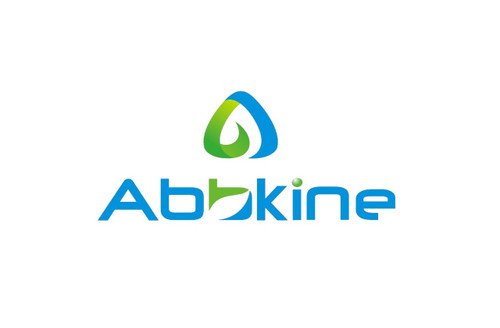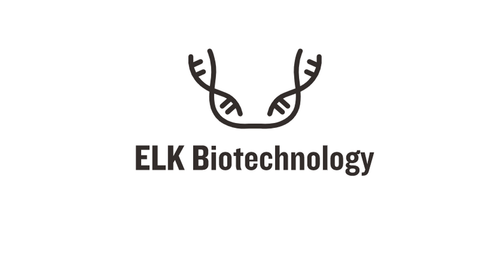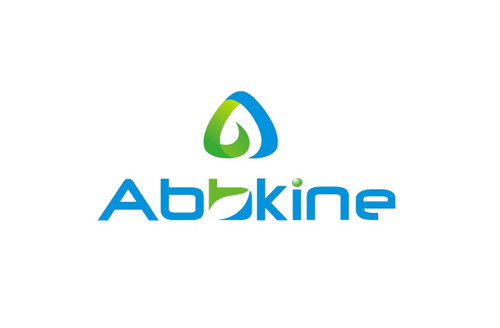Product Description
Mouse Phenylalanine-4-hydroxylase (PAH) ELISA Kit | AE60198MO | Abebio
Species Reactivity: Mouse (Mus musculus)
Abbreviation: PAH
Alternative Name: PH; PKU; PKU1;
Application: ELISA
Range: 1.56-100 ng/mL
Sensitivity: 0.64 ng/mL
Intra-Assay: ≤4.3%
Inter-Assay: ≤7.4%
Recovery: 0, 98
Sample Type: Serum, Plasma, Other biological fluids
Detection Method: Sandwich
Analysis Method : Quantitive
Test Principale: This assay employs a two-site sandwich ELISA to quantitate PAH in samples. An antibody specific for PAH has been pre-coated onto a microplate. Standards and samples are pipetted into the wells and anyPAH present is bound by the immobilized antibody. After removing any unbound substances, a biotin-conjugated antibody specific for PAH is added to the wells. After washing, Streptavidin conjugated Horseradish Peroxidase (HRP) is added to the wells. Following a wash to remove any unbound avidin-enzyme reagent, a substrate solution is added to the wells and color develops in proportion to the amount of PAH bound in the initial step. The color development is stopped and the intensity of the color is measured.
Product Overview: Phenylalanine hydroxylase is the rate-limiting enzyme of the metabolic pathway which degrades excess phenylalanine. The other substrates in the reaction are molecular oxygen and tetrahydrobiopterin. Tetrahydrobiopterin is a member of the group of redox biochemicals known as pteridines. PAH is the gene that encodes for phenylalanine hydroxylase. It was the research on phenylalanine hydroxylase by Seymour Kaufman that led to the discovery of tetrahydrobiopterin as a biological cofactor. Phenylalanine hydroxylase is a tetramer composed of four monomers, that is, composed of 4 identical subunits. Each subunit is in turn composed of three domains, a regulatory domain, a catalytic domain, and a tetramerization domain
Stability: The stability of ELISA kit is determined by the loss rate of activity. The loss rate of this kit is less than 5% within the expiration date under appropriate storage condition. The loss rate was determined by accelerated thermal degradation test. Keep the kit at 37°C for 4 and 7 days, and compare O.D.values of the kit kept at 37°C with that of at recommended temperature. (referring from China Biological Products Standard, which was calculated by the Arrhenius equation. For ELISA kit, 4 days storage at 37°C can be considered as 6 months at 2 - 8°C, which means 7 days at 37°C equaling 12 months at 2 - 8°C) .
 Euro
Euro
 USD
USD
 British Pound
British Pound
 NULL
NULL












